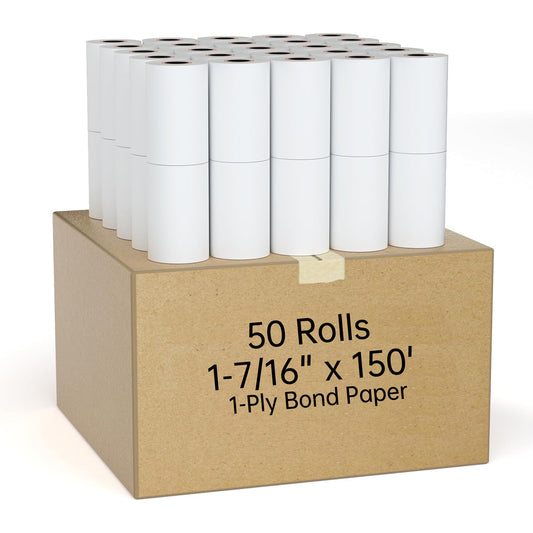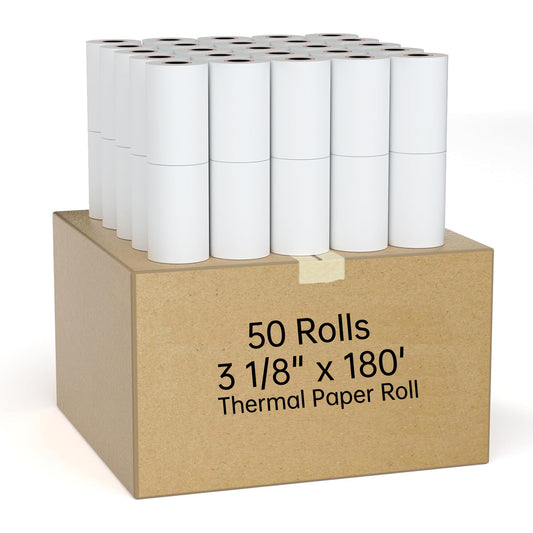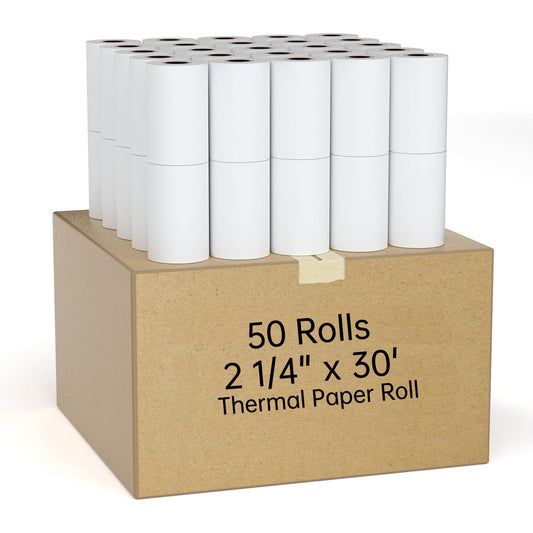The answer to this question depends on your needs, abilities, and budget. Binoculars come in two main types: Porro-prism and Roof-prism.
Porro-prism Binoculars:
Porro-prism binoculars have the most common look, featuring a gradual and stepped-up appearance with two exit pupils, eyecups, a central focuser, objective lenses, and an optical system. They are best for observing due to their affordability.
Roof-prism Binoculars:
Roof-prism binoculars boast an "H"-shaped appearance, lending to a smaller, lighter-weight design. These instruments have complicated optical designs, making them more expensive. A good Roof-prism binocular isn’t ideal for those on a budget or casual observers.
What Do Binocular Numbers Mean?
You'll notice numbers on binoculars such as 7x40, 10x50, 8x40, etc. These numbers indicate the magnification and aperture of the optical system. For example, a 10x50 binocular has a magnification of 10x and front lenses with a diameter of 50mm.
- Magnification: Determines how much you can enlarge objects.
- Aperture: Determines how much light your binoculars can collect.
Larger apertures make it easier to see fainter night sky targets like galaxies and nebulae. For example, 7x35 binoculars can reveal a hundred thousand stars, while 10x50s can show finer details of the Moon, planets, and more.
Some binoculars also have their field of view printed on the barrels, given in degrees, indicating how wide you can see through the eyepieces.
Which is Best: BaK-4, BK-7, or K9 Binoculars?
These terms refer to the glass formulations in the prisms of binoculars:
- BK-7 and K9 Glass: Borosilicate formulations found in cheaper products. They may lead to poor clarity around the edges of the target.
- BaK-4 Glass: Barium crown glass that is preferable for higher-quality images, especially when combined with a well-made optical system.
Multi-coated vs. Fully-coated Binoculars
Coatings on binocular optics are crucial for clear images with good contrast and minimal glare.
- Fully Coated Binoculars: All lenses and prisms have at least one layer of anti-reflective coating.
- Multi-coated Binoculars: Feature several layers of anti-reflective compounds, offering superior image quality.
Which Binoculars are Best for Astronomy?
For stargazing, choose binoculars with a large aperture to collect as much light as possible.
- 10x50 Binoculars: Light enough to hold for long periods and offer good views of various night-sky targets.
- Larger Binoculars (20x80, 20x100): Provide better views but are heavier and require a tripod.
Ensure the binoculars have a high-quality optical system for excellent contrast and clarity. Porro-prism designs are reliable and affordable, especially with multi-coated optics and BaK-4 prisms. If you wear spectacles, look for binoculars with eye relief of at least 14 to 15mm.











